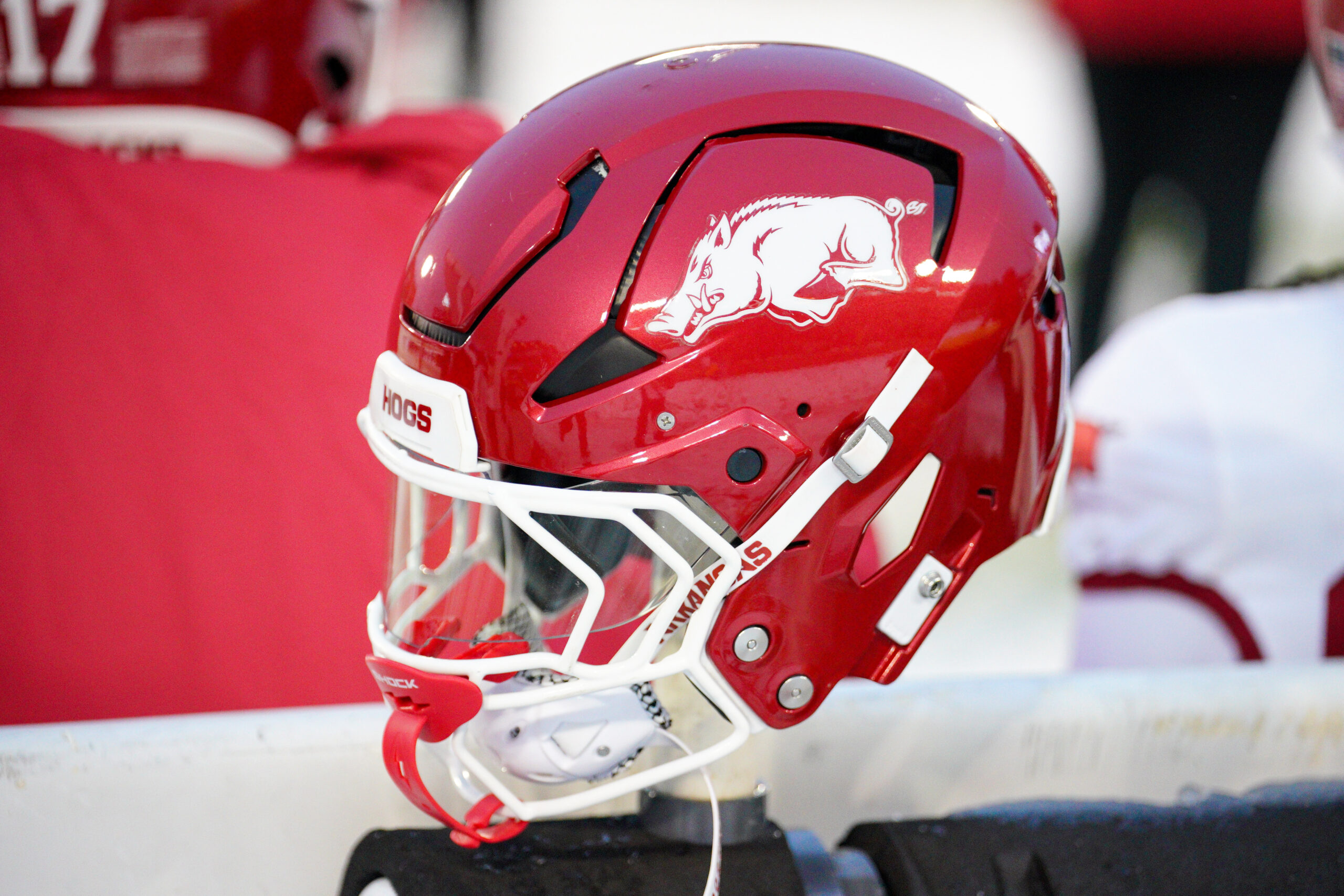An air carrier rarely makes a big fuss about dropping service to a community. Usually, the word gets out first as a rumor, before travelers confirm the news when trying to book a flight.
Oh, Alaskans are familiar with “seasonal service.” After all, about half of the airlines that fly here are summer-only operators. Typically, the end-of-summer service reductions start around Labor Day in early September.
But there’s been a rush of new cancellations this month, leaving some travelers scrambling to make new arrangements. At the top of this heap is Ravn Alaska, which dropped service last week between Anchorage and Kenai and between Anchorage and Aniak.
At the same time, some carriers already are making announcements for new routes for next summer. That includes Alaska Airlines’ announcement of new nonstop service from Anchorage to New York’s John F. Kennedy International Airport (JFK).
Following are some of the flights that got nixed this fall:
Alaska Airlines: Actually, it’s Horizon Air that flies each day between Anchorage and Everett’s Paine Field Airport. Horizon is owned by Alaska Airlines. Horizon flies the popular 76-seat Embraer E-175 jet each day to the airport, which is located 30 miles north of Sea-Tac. But Alaska and Horizon are pulling the plug on this flight after Jan. 7. Nonstop service will resume on May 16.
Delta Air Lines: Delta always cuts back its schedule during the winter, like all the other airlines. But the Atlanta-based carrier had filed plans to serve Juneau with a daily Juneau-Seattle 737 flight all winter long. Those plans changed last month: Delta’s last Juneau-Seattle flight for the season is on Nov. 4. Daily flights will resume on June 7.
Delta also had filed to offer two daily nonstops between Fairbanks and Seattle through the winter. The airline reduced the schedule to one daily flight, starting on Nov. 5.
:quality(70)/cloudfront-us-east-1.images.arcpublishing.com/adn/HOBWUMB27FCH7IQUMHPMX3WEQA.jpeg)
Aleutian Airways: Aleutian flies a fleet of Saab 2000s from Anchorage to Southwest Alaska. But at the end of the fishing season, Aleutian ended its seasonal service between Anchorage and King Salmon. That leaves Horizon Air as the only scheduled air carrier for the winter. Horizon offers daily service between now and Nov. 29. After that, Horizon will fly an E-175 three or four times per week on the route until mid-April.
The day after stopping its Anchorage-King Salmon flights, Aleutian Airways started flying between Anchorage and Homer. It flies twice each day Monday-Saturday, with one flight on Sundays.
Alaska Seaplanes: Based in Juneau, Alaska Seaplanes is the biggest commuter air service in Southeast Alaska. The company has been growing but recently decided to stop flying between Juneau and both Wrangell and Petersburg. Alaska Seaplanes president Carl Ramseth said part of the reason was because there wasn’t as much freight or mail to haul in addition to passengers.
Alaska Airlines serves both Wrangell and Petersburg with daily flights to Juneau and Ketchikan.
Ravn Alaska’s decision to drop flights between Anchorage and Kenai last week was a surprise. It’s the carrier’s biggest route and Ravn flew seven or eight flights each day, using the DHC-8 Dash 8 aircraft with 37 seats. The airline blames a nationwide pilot shortage.
[Ravn Alaska halts flights to Kenai and Aniak, citing nationwide pilot shortage]
In response, two other airlines have increased service between Anchorage and Kenai.
Grant Aviation routinely flies 13-18 flights per day during the summer and is ramping up to continue those flights during the fall and winter. Typically, Grant, like other air carriers, would scale back its summer schedule because there are fewer travelers during the winter.
Grant’s president, Rob Kelley, said the carrier has purchased two more nine-passenger Cessna 208s to help fill the gap left by Ravn’s departure. Earlier, the carrier announced it was adding 50 weekly flights between Anchorage and Kenai.
:quality(70)/cloudfront-us-east-1.images.arcpublishing.com/adn/IEE6TN3UINDE3LNY2OSUTK3QLI.jpeg)
Kenai Aviation also flies from Kenai to Anchorage several times each day, using two nine-passenger, twin-engine Tecnam Traveller planes on the route.
Joel Caldwell, Kenai Aviation’s owner, said the carrier was adding 14 weekly flights between Anchorage and Kenai to accommodate travelers.
Ravn Alaska also dropped service between Anchorage and Aniak. Previously, the carrier flew a Dash 8 six times per week.
Ryan Air flies twice each week between Anchorage and Aniak using a nine-passenger Pilatus PC-12. After receiving news that Ravn would stop its flights, Ryan Air has doubled its flights to four times each week. Additionally, Ryan has adjusted the schedules for its flights to 11 surrounding villages to match up with the Anchorage flights.
This late-season shuffle among scheduled air carriers underscores why travelers must double-check confirmed arrangements. Because plans and schedules can and do change.
Already, airlines are announcing new flights for next summer.
At the top of the list is Alaska Air’s plan to offer daily nonstop flights from Anchorage to New York’s Kennedy Airport. Alaska Flight 11 will depart at 8 p.m. daily, arriving the following morning at 7:05 a.m.
Alaska Air is the only carrier to fly nonstop to Kennedy. But United Airlines offers daily service to its hub in nearby Newark, New Jersey, starting May 23.
[Alaska Air adds summer nonstop flights from Anchorage to New York and San Diego]
Alaska also announced plans to fly nonstop from Anchorage to San Diego each Saturday, starting May 18.
In addition to new nonstop flights from Anchorage, Alaska Air previously announced two new international destinations: Nassau and Guatemala City. Both destinations are served via the airline’s hub in Los Angeles.
Delta Air Lines plans to resume its nonstop flights from Anchorage to Detroit three times each week: Fridays, Saturdays and Sundays. The flights start on June 7.
I’m confident more destinations and flights will be announced closer to next summer.

:quality(70)/cloudfront-us-east-1.images.arcpublishing.com/adn/IEE6TN3UINDE3LNY2OSUTK3QLI.jpeg)






:quality(70)/cloudfront-us-east-1.images.arcpublishing.com/adn/FJF52QJA4JDEZKLNNPODZ3NRCU.JPG)












/cdn.vox-cdn.com/uploads/chorus_asset/file/25822586/STK169_ZUCKERBERG_MAGA_STKS491_CVIRGINIA_A.jpg)




/cdn.vox-cdn.com/uploads/chorus_asset/file/25821992/videoframe_720397.png)